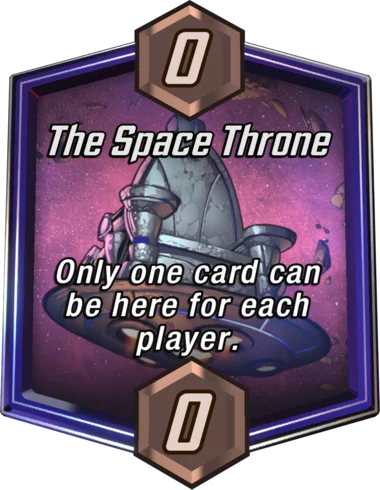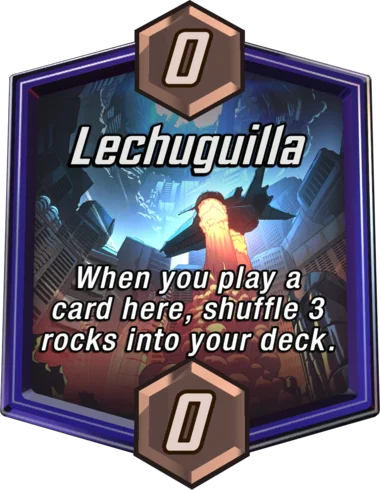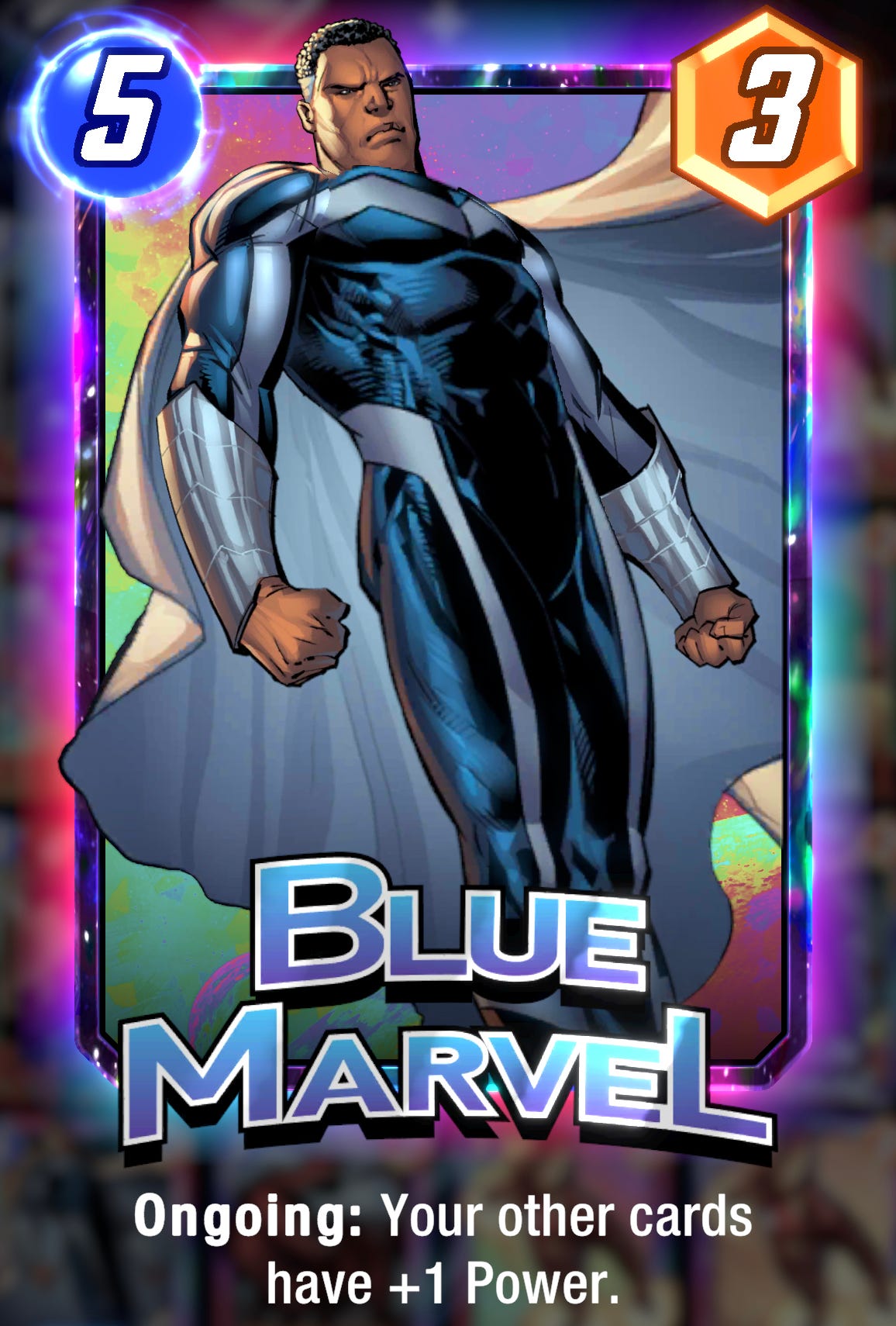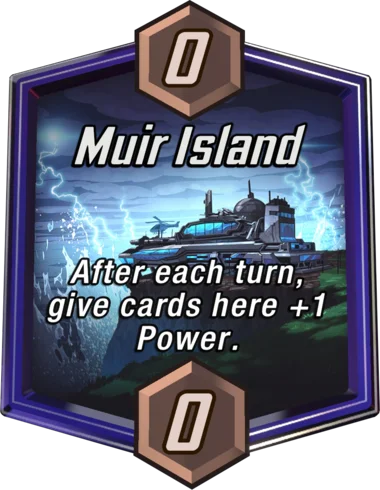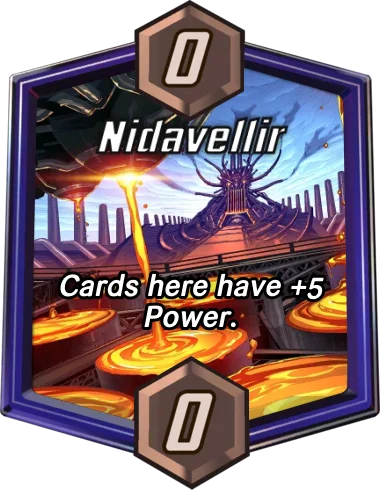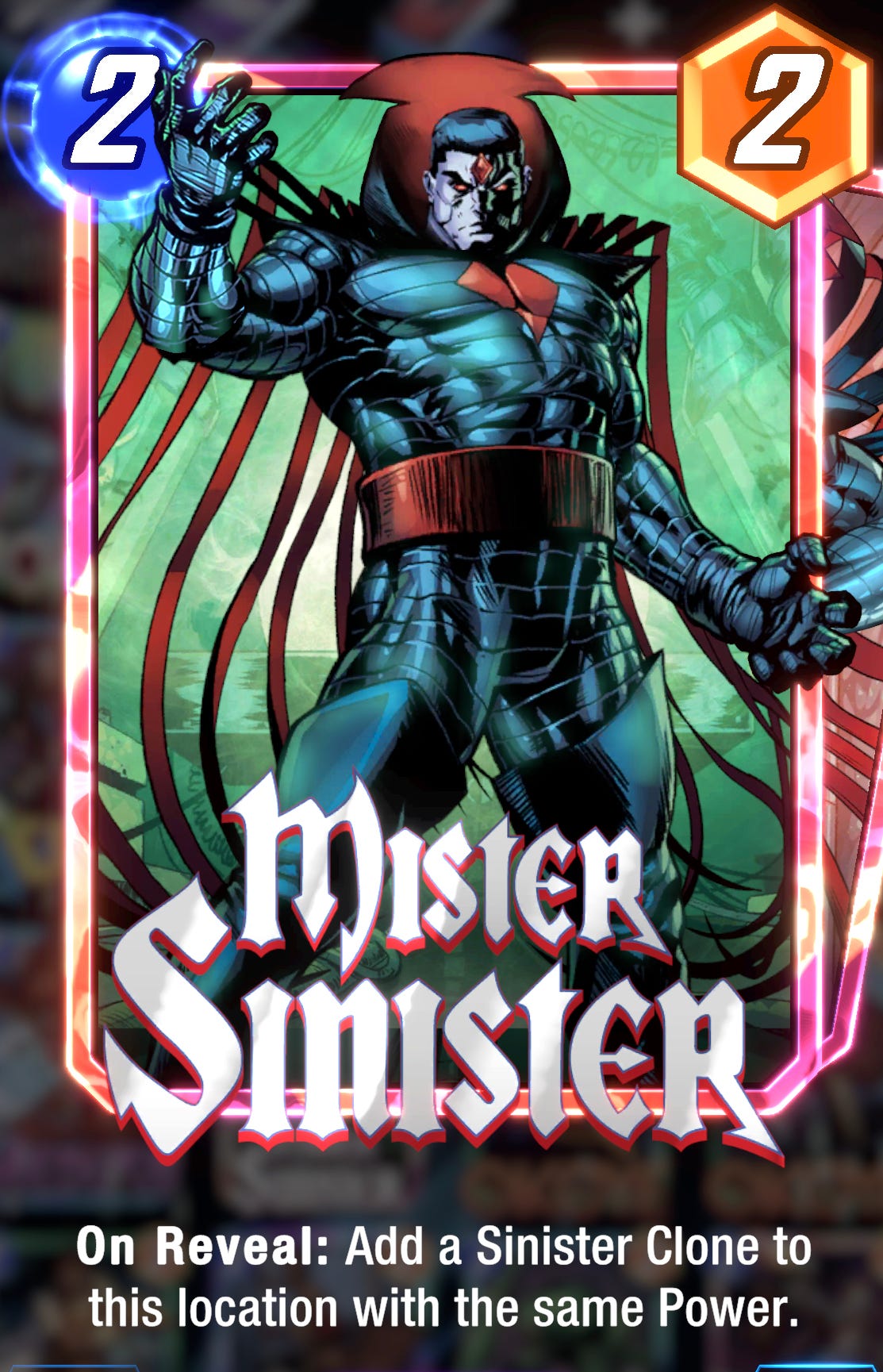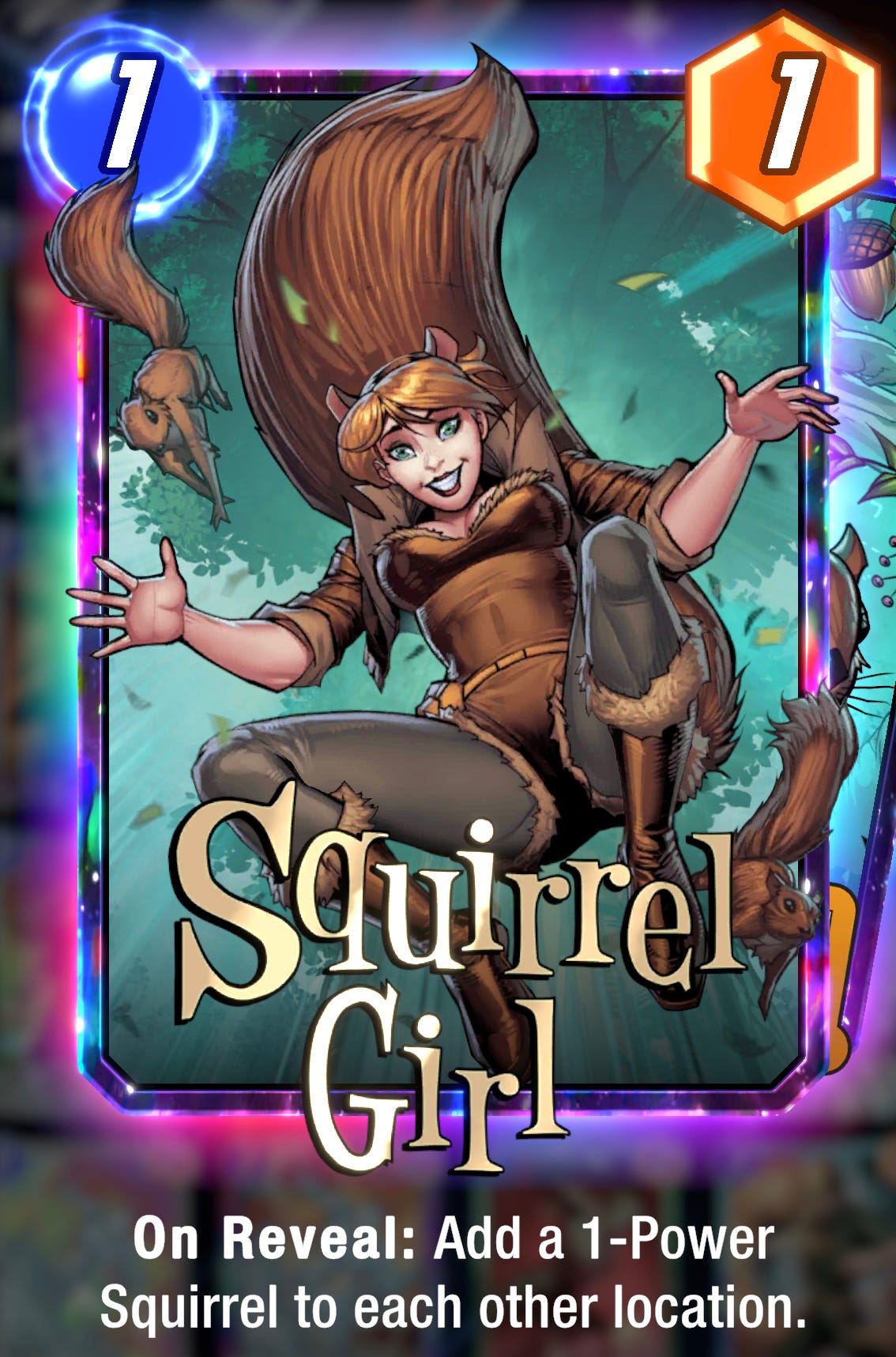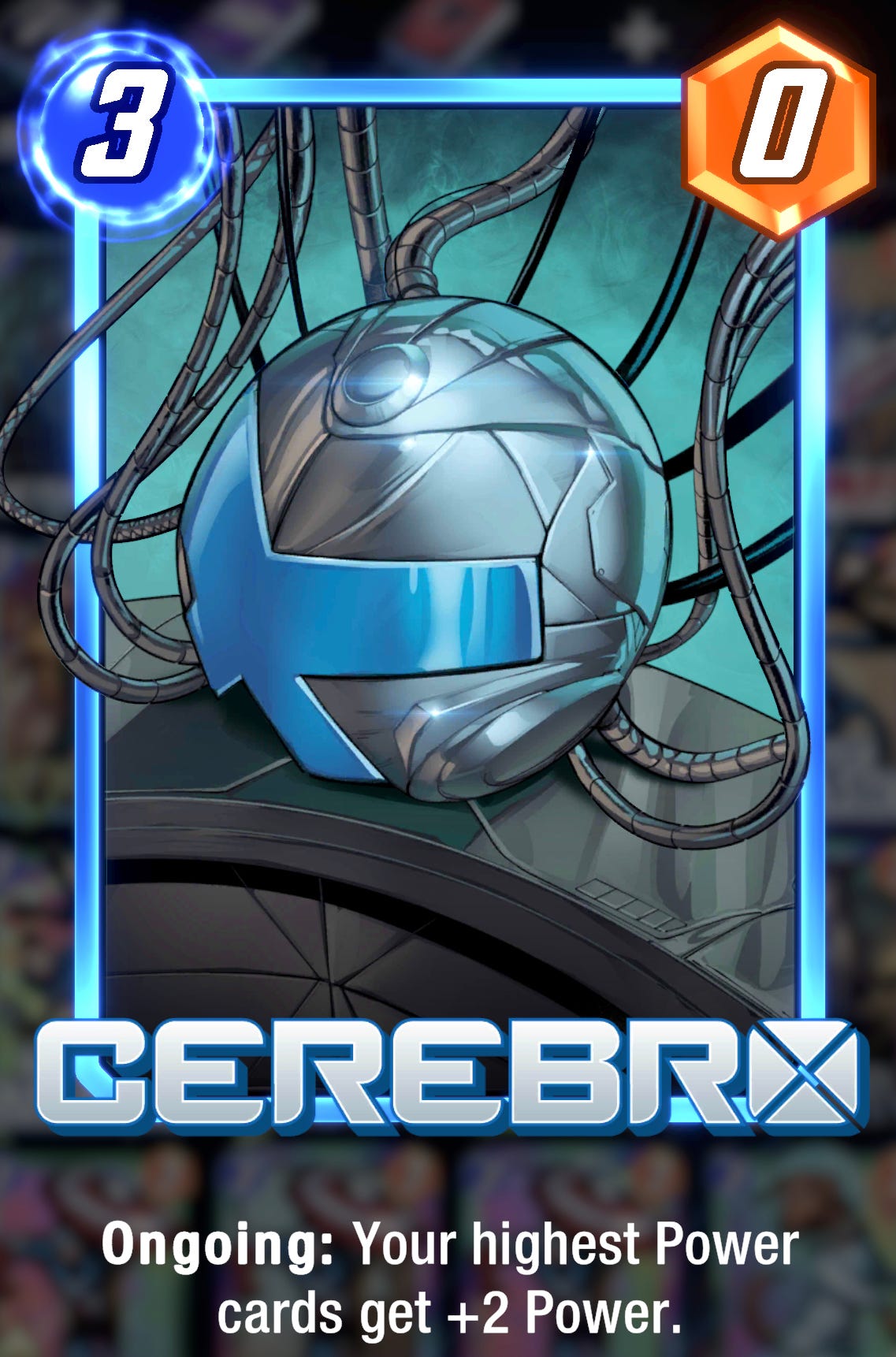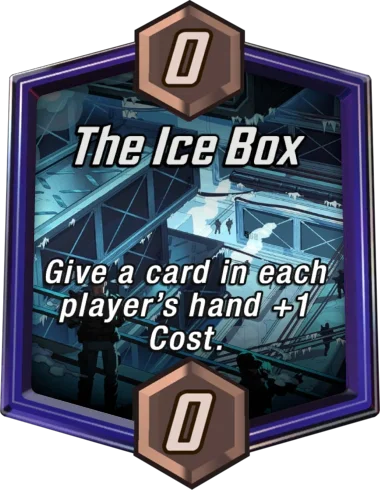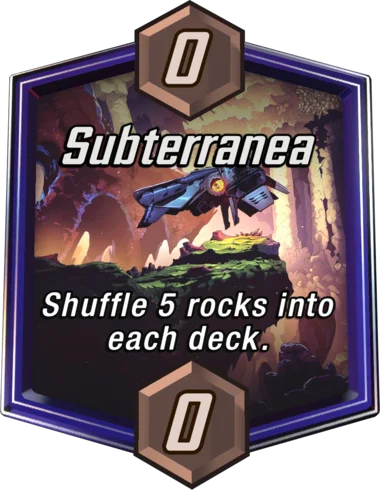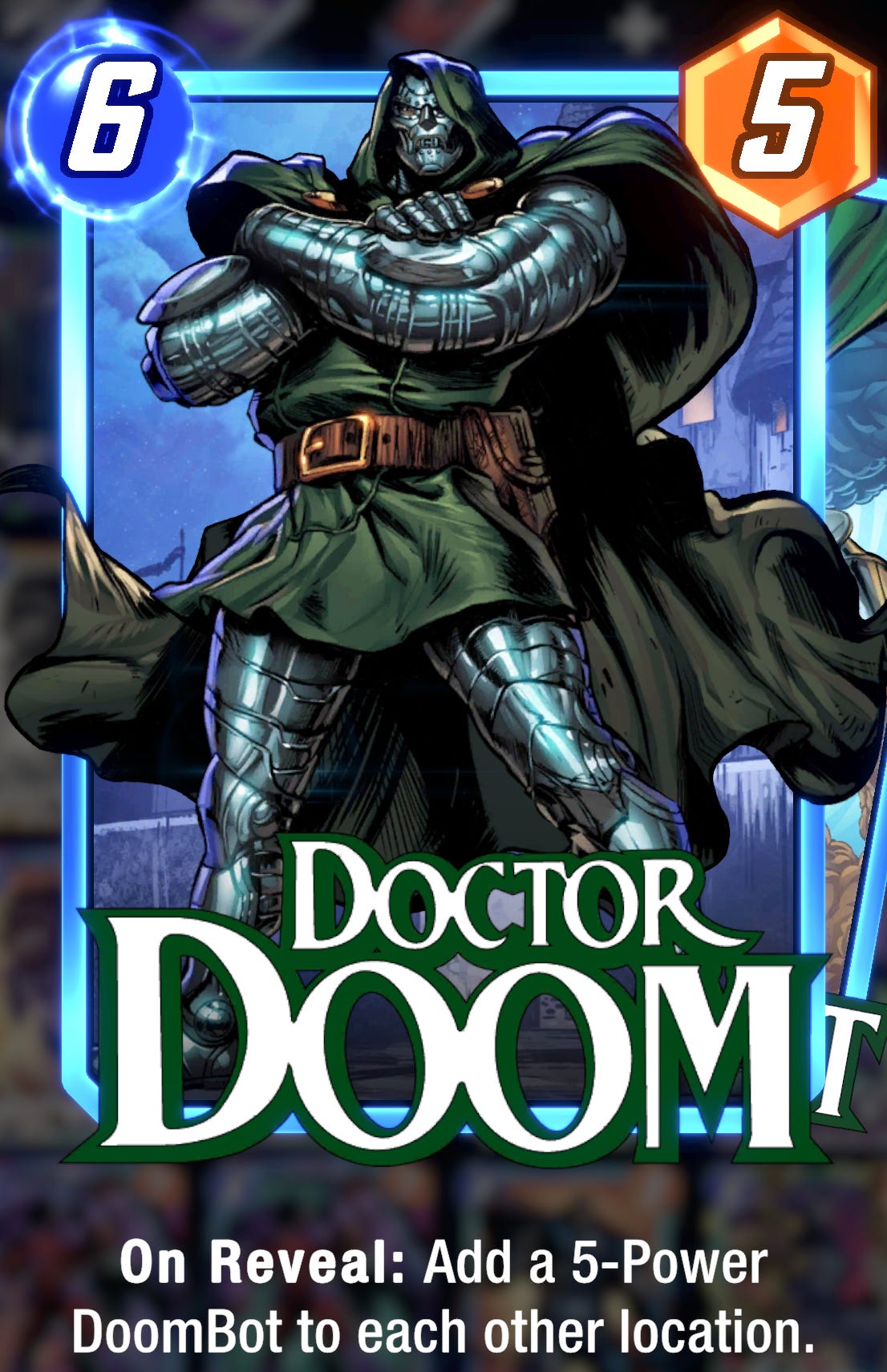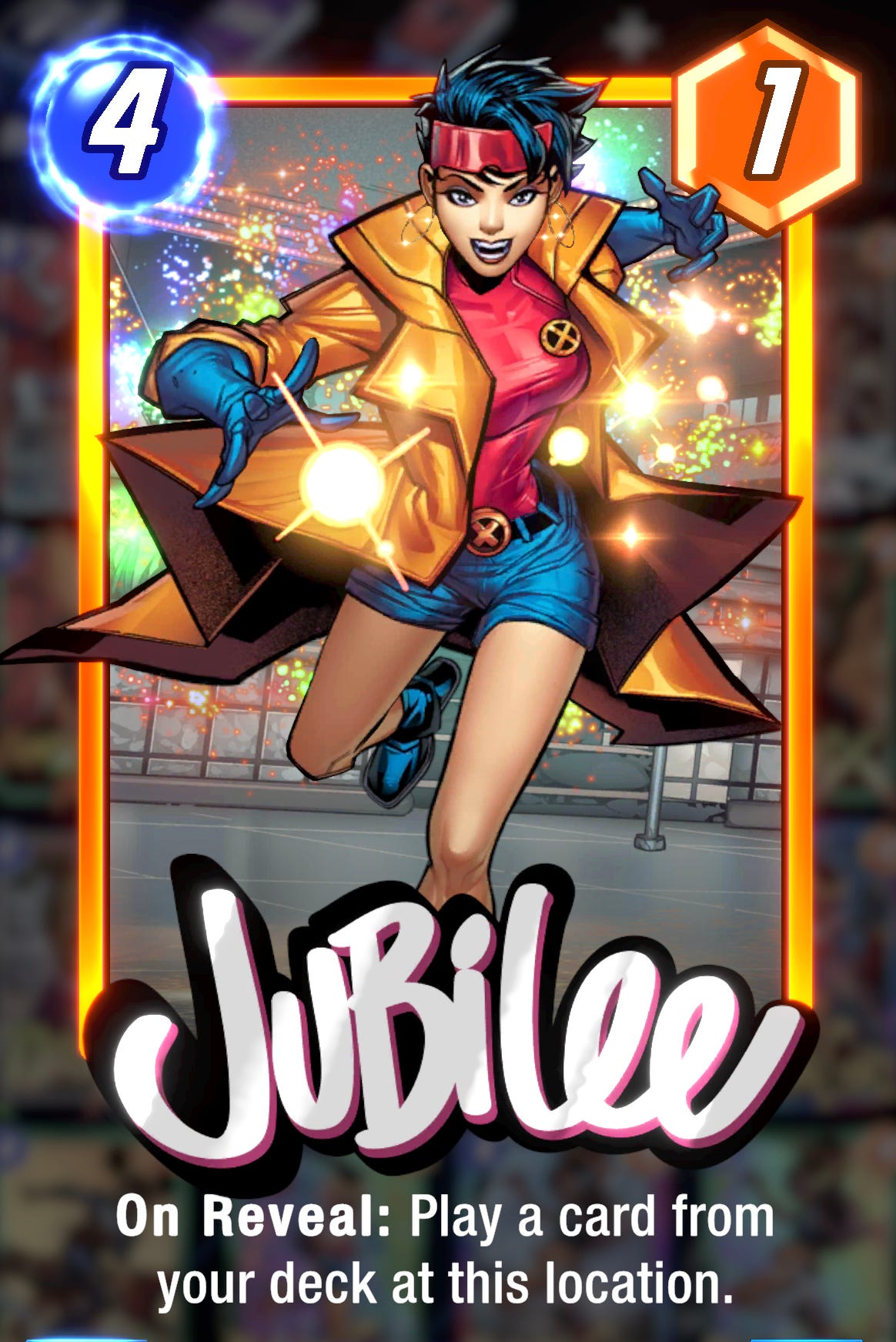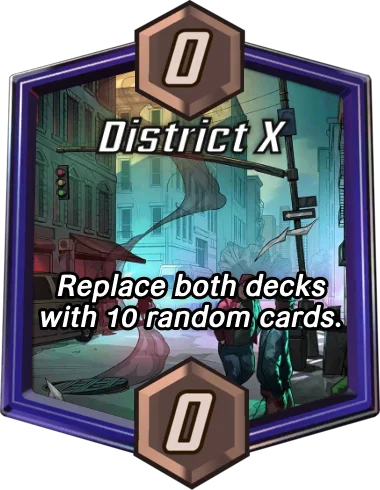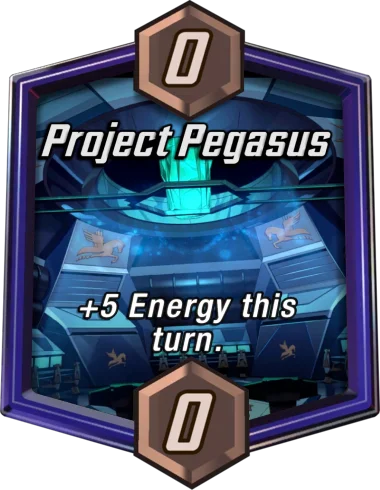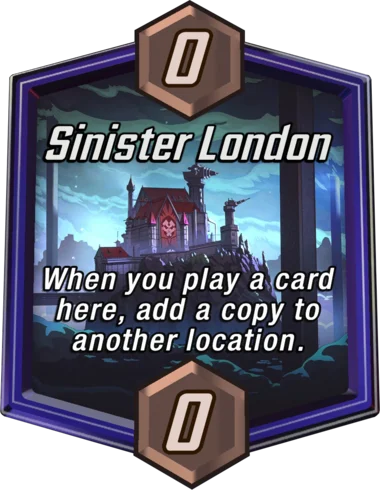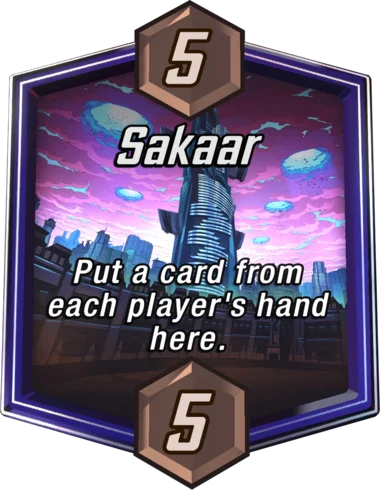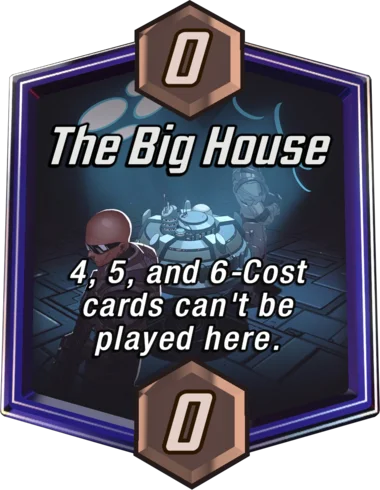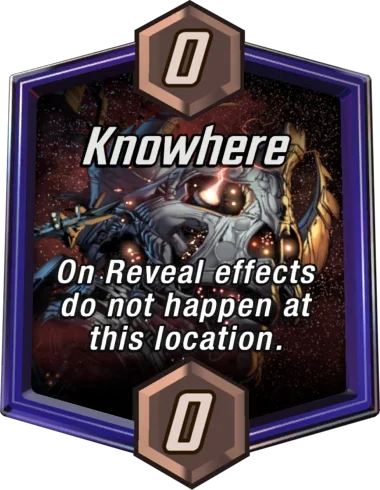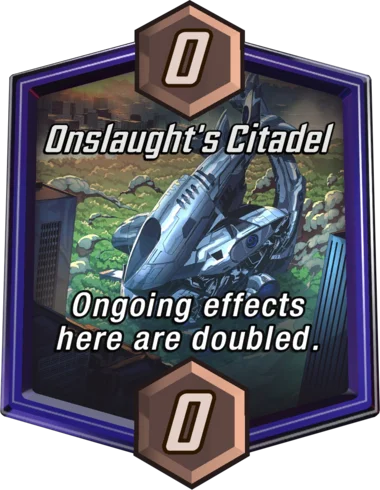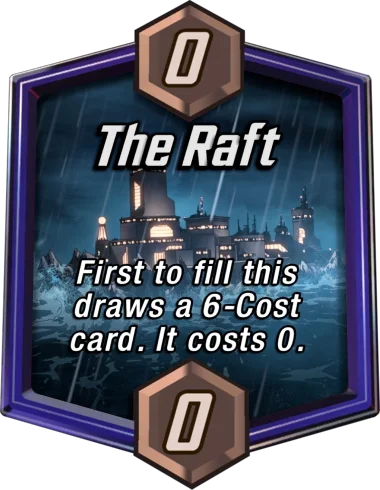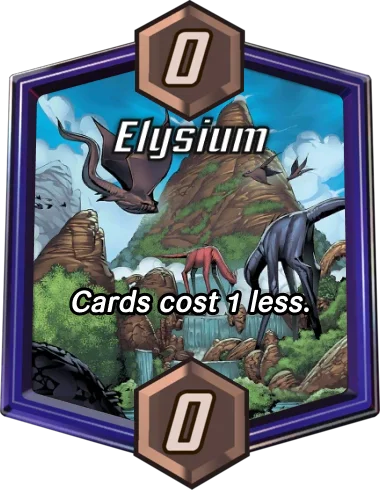Hot and Featured Locations Rundown
Learn the subtle and not so subtle ways in which hot and featured locations affect the game.
This post is a living document with all of my knowledge of how Hot and Featured locations affect the game.
We have Hot and Featured locations for 72 hours of our 168 hour Marvel Snap week. If your goal is win as many cubes as possible, there are a lot of adjustments you can make to your gameplay and deckbuilding during these events.
Every point I go over is applicable to both Hot and Featured location events. Since Hot locations appear 50% more often than Featured locations, you might want to lean further into the advice here during Hot locations.
Evaluating Decks
One important thing to figure out during a location event is whether or not the deck you want to play benefits or suffers from the popular location.
If you answer yes or any of these questions, your deck probably gets at least a little bit worse:
Does your deck get hurt by the hot location?
Do other decks benefit more from the feature location?
Does your deck receive an outsized benefit from particular locations (10+) being in the game?
Locations like: Sinister London, Cloning Vats, Elysium, Death’s Domain, Sanctum Sanctorum, Luke’s Bar.
How Locations affect Fundamental Resources
One way to figure out if your deck benefits from a location is to identify how the location affects the game on a fundamental level.
Grouping locations into these categories can be a helpful shortcut to figuring out if your deck works well with a given location.
Board Space
Some locations directly or indirectly limit the number of cards you can have in play. Space Throne has three less slots for cards than most other locations, it directly removes three board slots from the game.
Lechuguilla and Jotunheim discourages you from playing into it. This can indirectly limit the available board spaces, because of the cost of playing into these locations early in the game.
When locations restrict the amount of board spaces available, decks that care about card quantity suffer and decks that care about card quality thrive.
Blue Marvel cares about card quantity. He wants more cards on board that he can buff. His effect is spread across all your game objects in play.
Devil Dinosaur does not care about board slots. Dino loves Space Throne, all of the effect of Dinosaur is contained in one space.
Game Objects
Conversely, some locations reward you for putting game objects in them. Instead of taking away spaces to play cards, you get bonuses for playing more cards.
Muir Island and The Raft both benefit you for playing cards in them early. These two locations also benefit decks with lower curves, since they create a sort of racing dynamic where each player wants to fill them up as soon as possible.
Nidavellir is another straightforward location that rewards you for making game objects.
Squirrel Girl and Mister Sinister are both cards that make more than one game object. These cards pay you extra when these locations are in the game.
Cards in Deck and Hand
Some locations that affect the quantity and quality of cards you have access to.
Having more cards from your deck tend to benefit synergy driven decks since they’re more likely to have game pieces that work well together.
Locations that starve players of resources benefit decks with individually powerful cards that don’t need to be enabled by other cards.
Don’t forget that for some cards, the cards in your deck is a special resource. Jubilee does not appreciate Subterranea but might benefit from Weird World or District X.
Energy
Usually the decks that benefit the most from locations that give energy are the ones that play more expensive cards as they can use the energy the best.
Ongoing and On Reveal strategies can get a boost from these as well, especially if it allows them to enable combos with cards like Wong, Onslaught, or Mystique.
Synergy Locations
There is also a broader set of locations that just may or may not work with your deck or your opponents deck. These locations effects are more fluid, and their effects can’t be boiled down to giving or taking away some of a resource.
Sometimes these locations affect board space because you can’t play into Big House. Sometimes they affect the cards in your hand because Iron Heart doesn’t work in Knowhere. Other times they’re simply a huge boon to your deck because you’re playing lots of Ongoing cards into Onslaughts Citadel.
Probabilities
Knowing the percentage chance that a hot or featured location will revealed can be very helpful. I consider playing into unrevealed locations in many scenarios:
My deck is built around playing cards into the featured location. Playing into the unrevealed location might give me an outsized benefit if it is the featured location.
The first location(s) revealed were very unfavorable for my deck. I might want to deliberately increase variance in the game by playing into unrevealed locations.
The hot location might be something like Elysium, which could change the order in which I want to play my cards.
Feel free to check my math and let me know if you find any errors. You can reach me at Owen🌈#3622 on Discord.
Hot Location
Before the game starts, there is a 60% chance the Hot Location will appear in your game.
If after the first location is revealed, the hot location isn’t in the game, there is still a 50% chance it is in one of the two unrevealed locations.
If neither of the first two locations are the hot location, there is still a 33.3% chance the last location is the hot location.
Featured Location
Before the game starts, there is a 40% chance the Featured Location will appear in your game.
If after the first location is revealed, the featured location isn’t in the game, there is still a 30.7% chance it is in one of the two unrevealed locations.
If neither of the first two locations are the featured location, there is still a 18.1% chance the last location is the featured location.
Please Subscribe
Please consider subscribing and sharing my Substack with your friends. Subscribing is the best thing you can do for me to support my writing.




